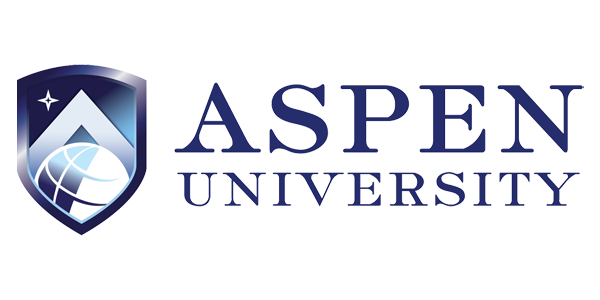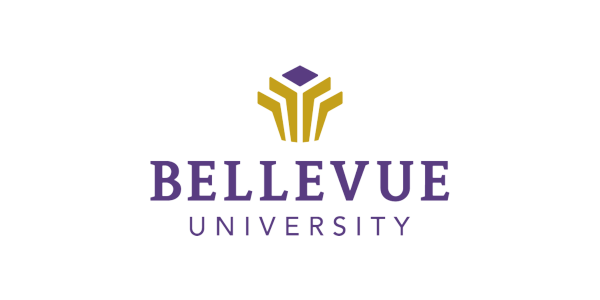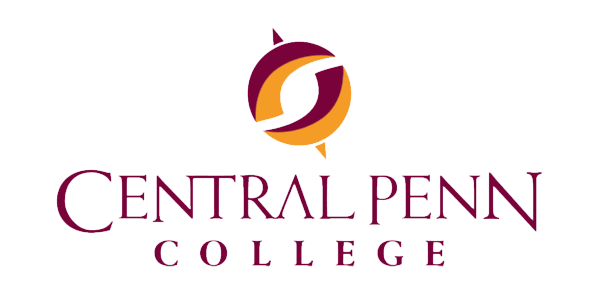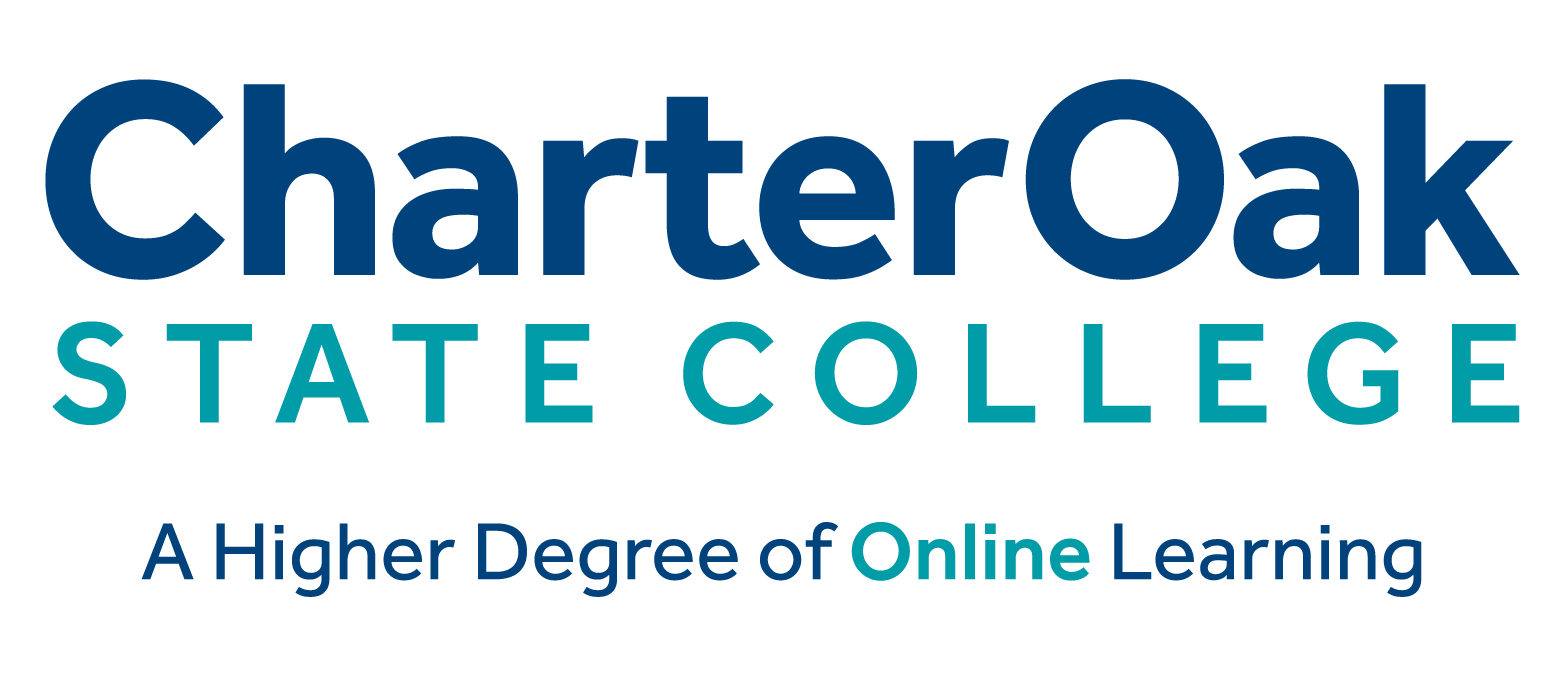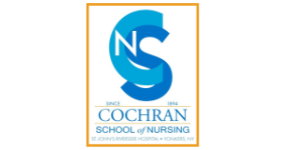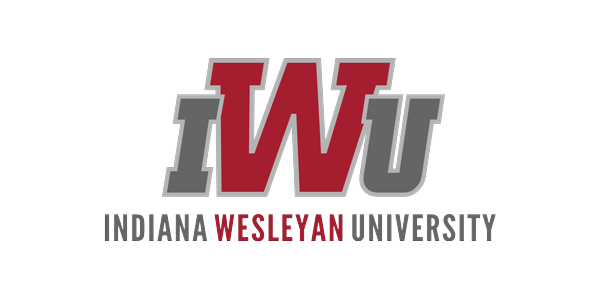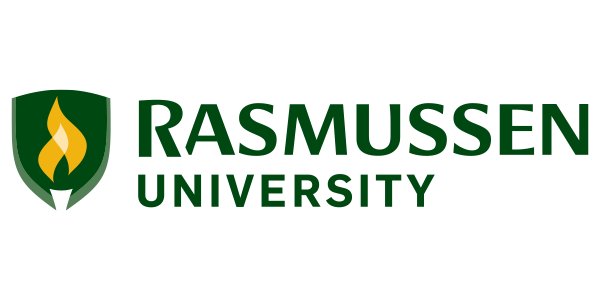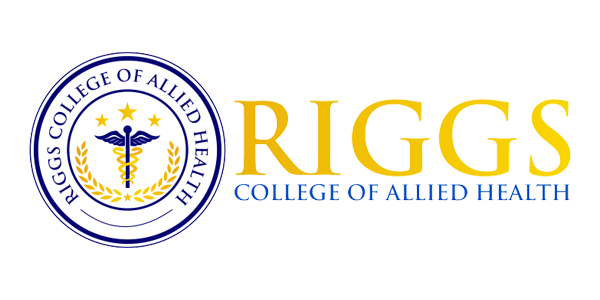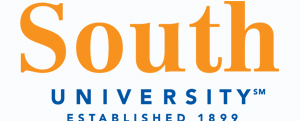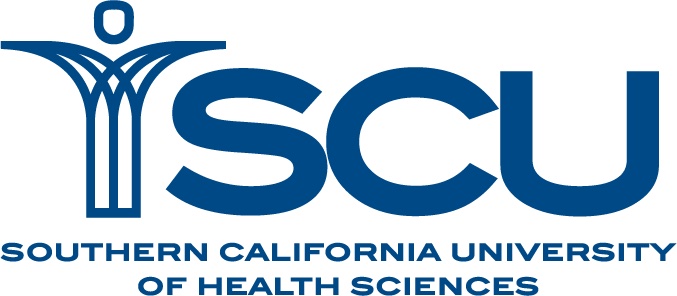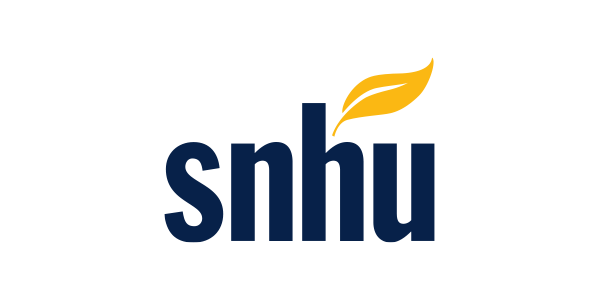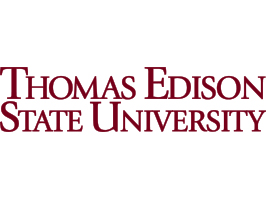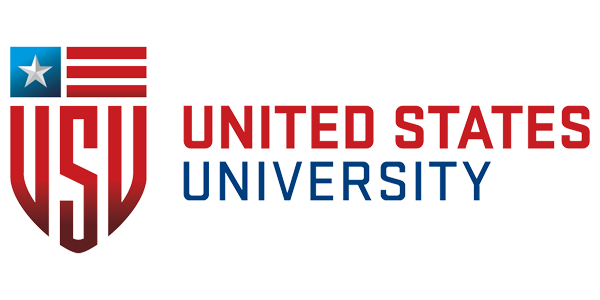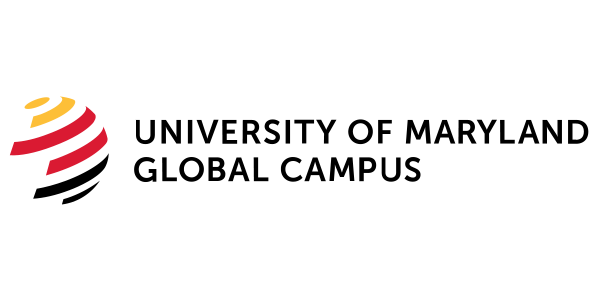
Intro to Statistics
Overview
Intro to Statistics is equivalent to a 1 semester, college-level course that prepares individuals for an exam that measures the ability to perform statistical calculations, interpret data, draw conclusions, and determine consequences.
This course is available live and on-demand through the online Nursing , Other Degree , and Individual Course Credits programs.
-
All Other Degrees
Course Type : Credit-By-Exam
Credits: 3 Semester Credits
Category: Natural Science and Mathematics
Course Equivalence: College-Level Mathematics or General Elective
Length: 10 Lectures + 1 Final Exam
Assessments: 1 Exam at a DSST®Testing Facility (120 mins | 100 Questions)
About This course
This course prepares individuals for a credit-by-exam. The statistics exam measures the student’s ability to perform statistical calculations, interpret data, draw conclusions, and determine consequences. Test questions cover data description and organization, regression and correlation, probability theory, distributions, sampling, estimation, and hypothesis testing. The use of a non-programmable calculator is permitted during the test. Scratch paper is provided. A calculator function is available during computer-based exam.
Course Objectives
After completing this course, you will be able to:
- Analyze data and statistics in the forms of graphs, charts, and summaries.
- Recall and apply the probability and counting rules and definitions.
- Understand and interpret distributions, as well as correlation and regression.
- Compare and contrast sample means and proportions.
- Apply mathematic knowledge to both routine (straightforward) and non-routine (real world) problems.
-
Nursing
Course Type : Credit-By-Exam
Credits: 3 Semester Credits
Category: Natural Science and Mathematics
Course Equivalence: College-Level Mathematics or General Elective
Length: 10 Lectures + 1 Final Exam
Assessments: 1 Exam at a DSST®Testing Facility (120 mins | 100 Questions)
About This Course
This course prepares individuals for a credit-by-exam. The statistics exam measures the student’s ability to perform statistical calculations, interpret data, draw conclusions, and determine consequences. Test questions cover data description and organization, regression and correlation, probability theory, distributions, sampling, estimation, and hypothesis testing. The use of a non-programmable calculator is permitted during the test. Scratch paper is provided. A calculator function is available during computer-based exam.
Course Objectives
After completing this course, you will be able to:
- Analyze data and statistics in the forms of graphs, charts, and summaries.
- Recall and apply the probability and counting rules and definitions.
- Understand and interpret distributions, as well as correlation and regression.
- Compare and contrast sample means and proportions.
- Apply mathematic knowledge to both routine (straightforward) and non-routine (real world) problems.
-
About InstructorJon Weiss graduated with a Bachelor of Arts degree from University of Wisconsin where he majored in Political Science and specialized in social science research methodology. Jon served as a Department Research Assistant at Marquette University where he used Statistical Package for Social Sciences (SPSS) to create a database of members of the US House of Representatives which was used to predict legislative voting behavior. During his time as an educator, Jon pursued other research interests such as community-based mediation and conflict resolution which led to a career with the Metropolitan Milwaukee Mediation Center and Chicago’s Center for Conflict Resolution where he became the Executive Director. Jon returned to formal education while serving as the Chair of the Ford Motor Company Consumer Appeals Board where he was a mediation and ethics instructor for several Chicago area law schools. He also served as the lead instructor and workshop presenter on advanced mediation techniques and training at the Center for the Analysis of Alternative Dispute Resolution Systems. Today, Jon is an in-demand instructor, especially in the areas of computer science, natural science and mathematics. He enjoys teaching statistics, microbiology, and chemistry. Jon looks forward to using his educational expertise and past experiences for teaching






